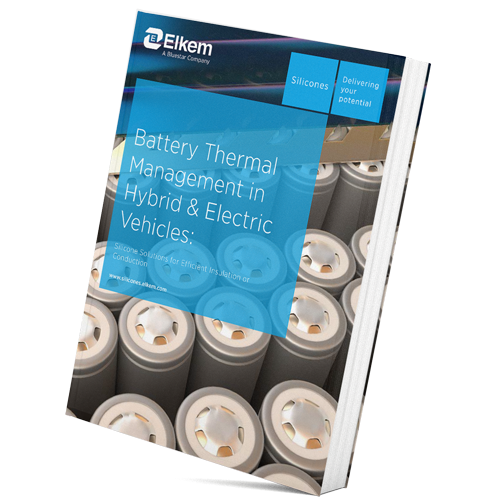- Magazine
- Mobility & transportation
- Which challenges for EV Batteries Thermal Performance?
Which challenges for EV Batteries Thermal Performance?
Electric Vehicles adoption factors almost all focus on the same thing: efficiency and safety of batteries, and the ability to charge it regularly, easily and quickly. This raises the central question to any Battery Designer: What can actually limit the efficiency of a hybrid & electric vehicle battery? There are no mysteries around this question, every engineer knows that heat is the main factor to master and control for designing the best battery. Therefore, thermal management activities are key processes for EV carmakers. But do you know all the challenges you’ll need to face for mastering EV Batteries Thermal Performance? Here is a quick review.
Heat-generation factors to consider when designing a Thermal Management System:*
- Battery cells overheating & thermal runaway:
Because drivers and passengers expect to switch to EV without any performance loss, carmakers need to provide batteries able to withstand long and fast drive. Nobody wants its new car to be slower and weaker than the previous one. Long and fast drives obviously imply a more intense battery solicitation, which generates heat (as for any electronic device submitted to intense condition).
Cells submitted to high temperatures will degrade in time, so rapidly impact the overall battery performance and capacities. But that’s not the worst scenario! There are hundreds of battery cells connected within a battery pack… all of these, heating under your feet when driving. Imagine that one overheating cell can communicate with the other ones and propagate the heat to a full battery module. This phenomenon is known as Thermal Runaway. When happening, thermal runaway can end up with an unpredictable fire, which is something none battery engineers want it to happen. That is why battery protection and thermal management are key for either conducting the heat (thermal conductivity) to a cooling system or insulate each cell to limitate heat propagation (thermal insulation).
- External temperature variation & thermal shock:
From desert to glaciers, your car may be exposed to a large range of temperatures depending on the region of the world you are, or even because of seasons change. That being said, you expect your electric car to resist these inherent conditions. The fact of being submitted to brutal changes of temperatures is known as Thermal Shock. This challenge of protecting the battery from outside temperatures can be overcome by setting up a proper thermal insulation system: around the battery modules (insulation silicone foam layer) and covering battery packs lids, as well as choosing performant sealing materials (can also be silicone sealing foam!) to close the pack.
- Fast charging:
Do you know that you can fully charge an electric car in 30 minutes? And customers expect even shorter time in a close future. Engineers are developing fast-charging stations and capabilities to give electric car drivers a smooth experience as they had when filling the tank of their combustion engine car.
Now that you know that a performant electric car can easily handle a 400-500km autonomy at a good speed average, and be fully recharged in 30 minutes… you can probably imagine how much electric power is injected in the battery during this fast-charging process. This comes back to what we said previously: battery cells overheating so risking thermal runaway. Let’s make sure it never happens! Engineers & battery designers need to keep control of EV Batteries Thermal Performance.
Thermal Management Materials at the rescue of Battery Engineers
EV Batteries Thermal Performance and heat control are essential for the effective operation of all types of electric vehicles in all climates and environments. Batteries tend to heat quickly at different times in their operating cycle, including when they are running at full capacity or in the charging (or fast charging) process. Engineers are working on thermal management systems to keep the battery safe and efficient. One of the main aspects of those systems is the choice of a good thermal management material. These materials are either purposed to stop the heat propagation by means of thermal insulation or on the contrary, to drive the heat outside through a cooling system (usually made of cooling fluids): this is what we use to call thermal conductivity.
To meet these goals, several material technologies are available on the market, the major ones are Silicones and Polyurethanes. It can become a nightmare for non-chemist engineers to understand the specificities of these two technologies, considering that one material can hide different product families. For example, Silicone foams are efficient in insulation, while Silicone gap fillers are thermally conductive.
To see clearer in this possibilities landscape, we’ve been designing informative content to help battery designers choose the right thermal management material and keep EV Batteries Thermal Performance under control!


